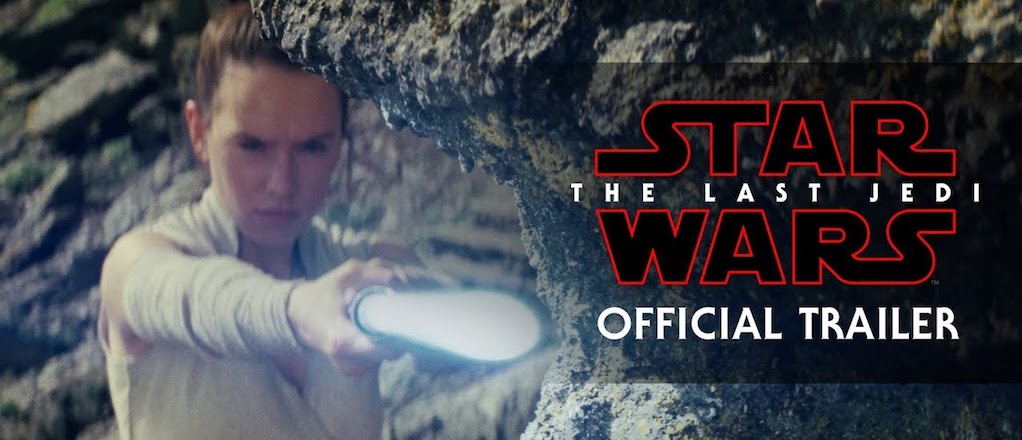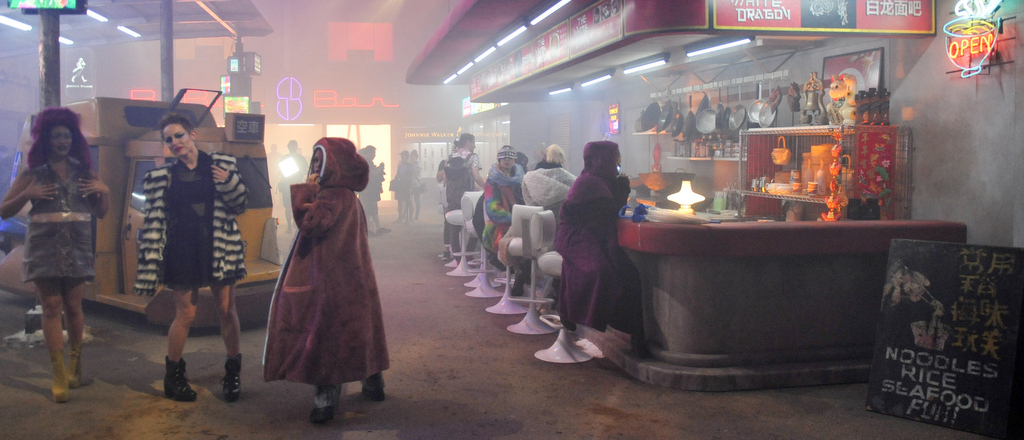Trailers Before Movies Is an Outdated & Redundant Concept
We all know the song and dance that goes on as you decide with your friends, family, or significant other to go to the theater. “What are the showtimes? Which theater? Should we bring snacks? When should we leave to go?” That last question sticks in my mind a lot because it can represent two things: not just a desire to get to the theater in time, but perhaps a desire to get to the theater after the whole pre-show rigmarole is over with.
As an anecdote, when my group of friends decide to take a night out to the theater, we usually look at the showtime and then tack an extra 20 minutes onto it to account for previews, and then we use that time to determine when we’ll get there. I suppose the root of the question I’m trying to get at is: Does it make sense to place movie trailers before a screening anymore? For me, the answer is a clear and cut “no”.
The Internet Has Changed the Landscape
In the advent of the internet age and spoiler culture, information is spread faster than ever before even if there’s certain bits that we don’t want to know about just yet. When trailers are released now, there is no specified “exclusivity window” for showing movie trailers at theaters before they hit YouTube. And really, why should there be?
If you were to release a trailer for the newest Star Wars: Episode VIII before Spider-Man: Homecoming during its opening weekend, for example, you’d get around 17 million people to see the trailer. That may seem like a major number, but then you must consider that maybe 5-10% of those people seeing Spider-Man won’t be there until the movie starts, so that brings us down to about 16 million.

While that number still may seem large, keep in mind that when the trailer for Episode VIII hit the internet, it was viewed a whopping 120.1 million times in just 24 hours. That’s over 7.5 times more than a full three-day weekend at the theater. Then you must think about how many of those people watching the trailer in the theater have already seen it because they saw the trailer drop as they scrolled through their Facebook or Twitter feed.
It just seems like a very redundant way to try and engage your audience when they’re already likely to have seen the trailer or will be exposed to it in the day following its release. Why would you waste moviegoers time with overexposure when you could be utilizing that time you have your audience captured in their seat with more creative marketing content?
Simply Cutting Down Trailer Length Isn’t Enough
In the past few years, there has been a push through the National Association of Theater Owners to have film companies trim the fat on their trailers to just 2 minutes, with each company getting two exceptions per year. However, I don’t think that’s enough. If we’re going to cut the runtime down, it must be to 1 minute or less.
The problem with most trailers today is that they provide you with a breadth of information that you just don’t need in a trailer, sometimes ultimately undercutting the reason for seeing the movie in the first place. The trailer for the film Terminator: Salvation comes to mind, which foretells the film’s plot twist and ruins an otherwise cool surprise.
When you see the teasers for Alien or even the more contemporary Star Wars: Episode VII, what are the two constants in each? Their short runtime and the air of mystery that each trailer brings. How long ago it’s been since the former was even released should also ring volumes for how memorable it was. While releasing these sorts of teasers may help, it still doesn’t alleviate the real issue.
Experiential Experiences Are Key
Millennials more than any other generation are very much interested in the type of experience that products can give them. A trailer, while sometimes exciting, is very static when we look at the various ways companies are utilizing advancements in technology to engage consumers. We can look right back at the film industry and see these types of experiences occurring in large-scale ways during conventions such as San Diego Comic-Con.

Just this past summer, Alcon Entertainment brought the world of their 2017 tentpole release Blade Runner 2049 to life with a recreated set that attendees could walk through and interact with. This isn’t just a rare occurrence either—all large movie studios are doing this through various avenues. While such a massive production isn’t feasible in a theater, perhaps a scaled down version of it is, and it’s certainly something that’s going to leave a more profound impact on a theater goer.
There are a myriad of ways that movie studios and theaters can be engaging moviegoers that are more useful than just viewing a trailer before a movie starts. Trailers just don’t cut it anymore, and I can’t think of much worse that you could do to your consumer than waste their time.

AUTHOR: Anthony Cornejo
ORIGIN: Speaking Human Contributor
Follow Anthony on Speaking Human / Human Content from Anthony








